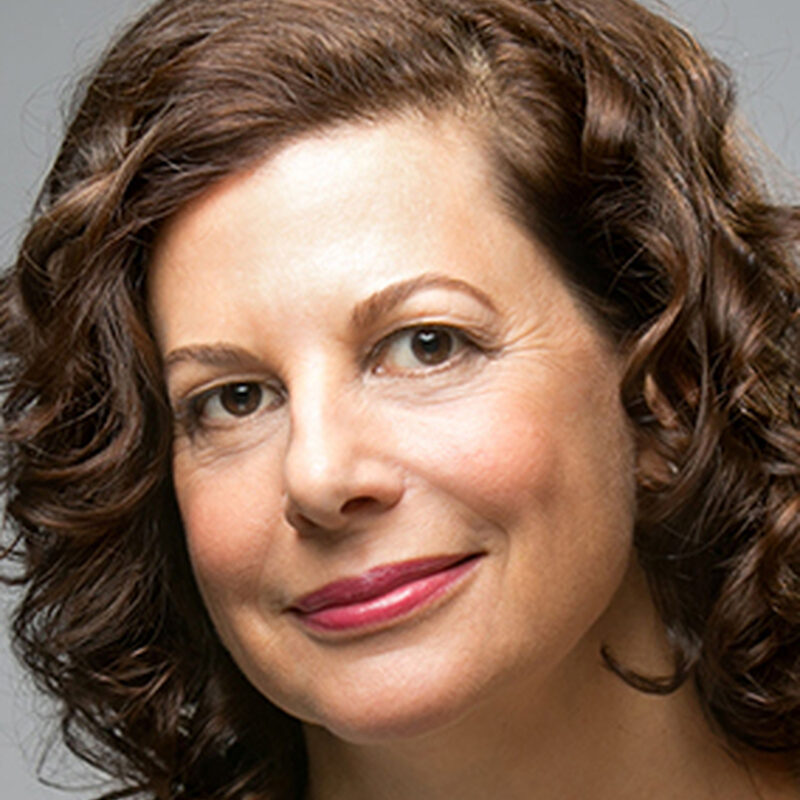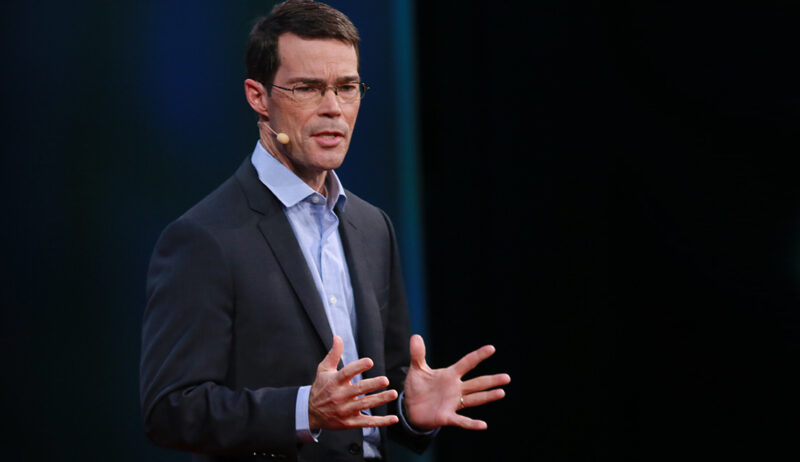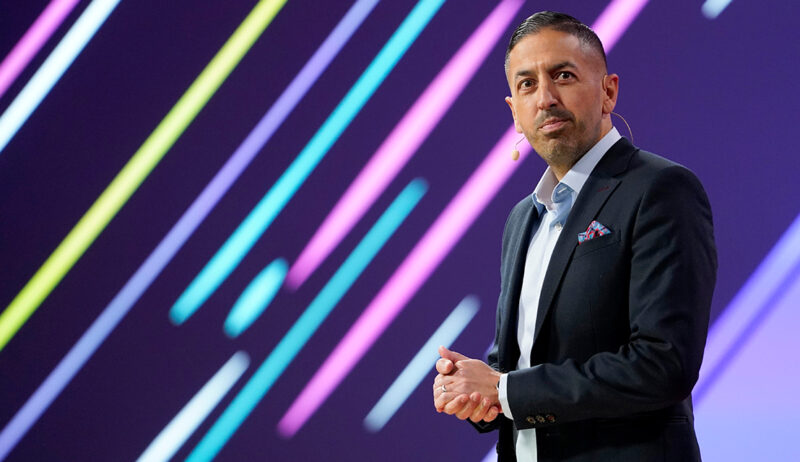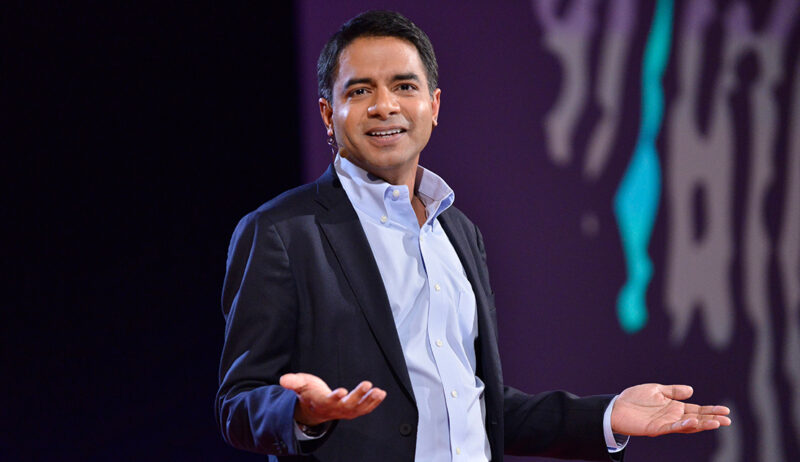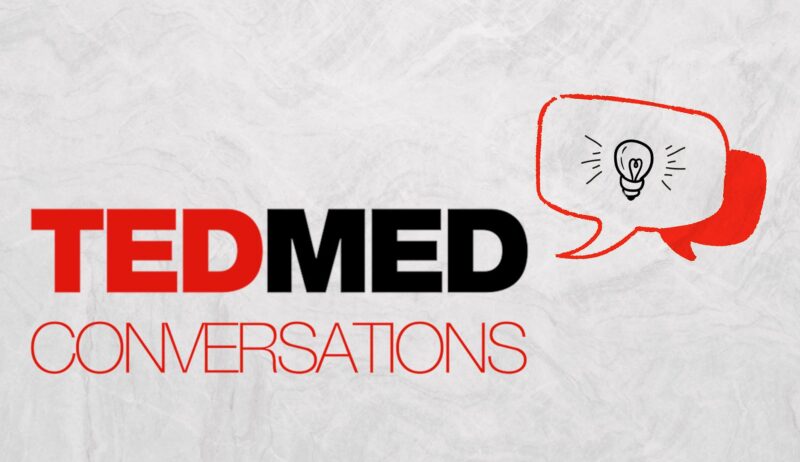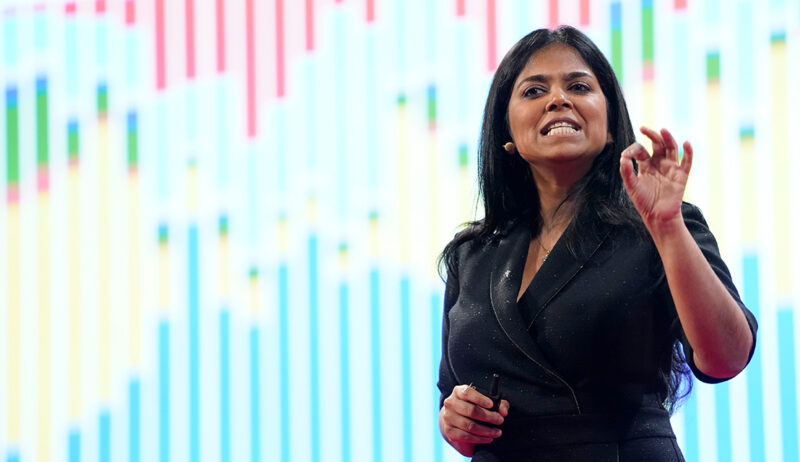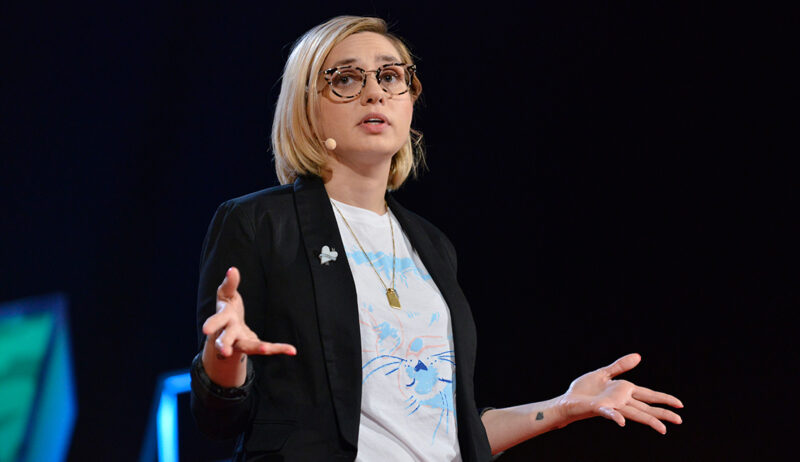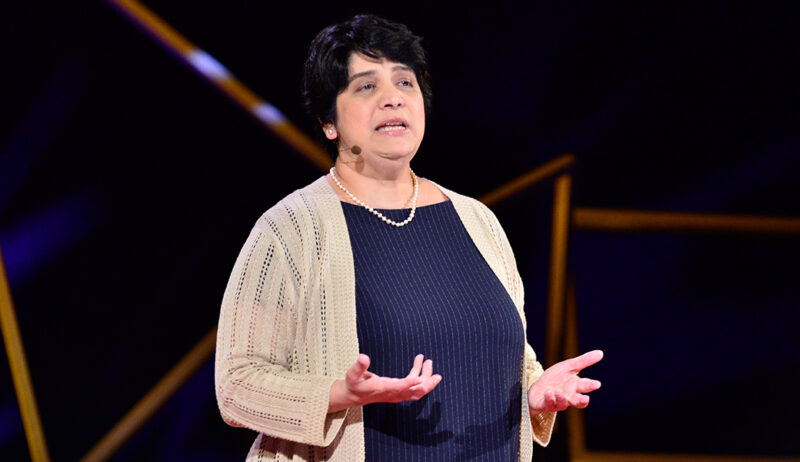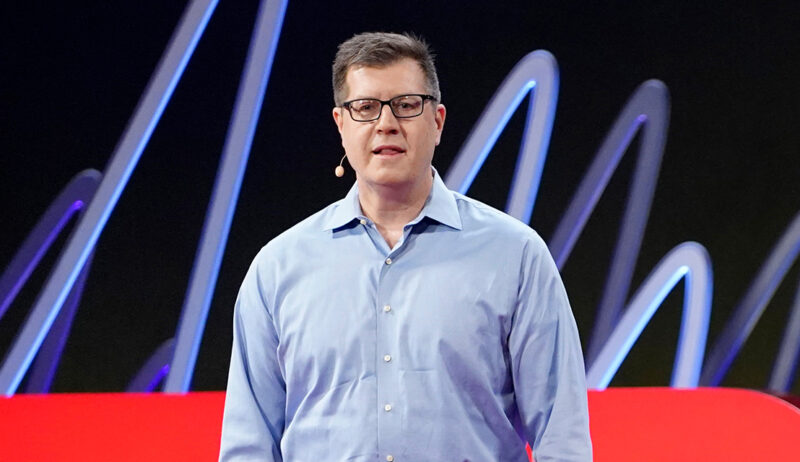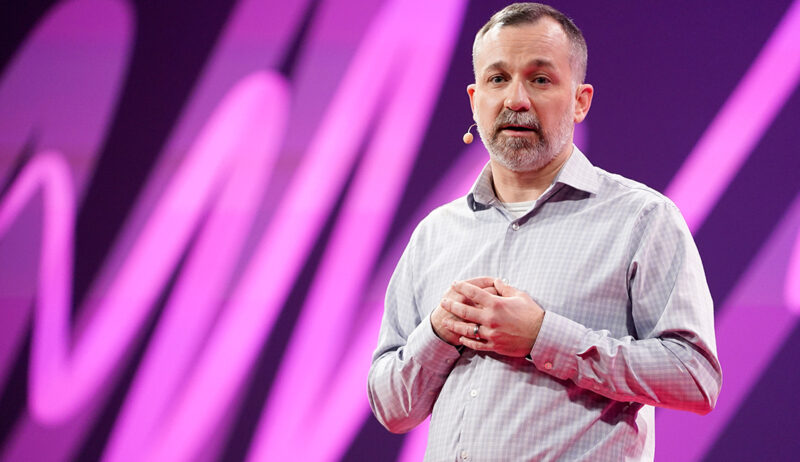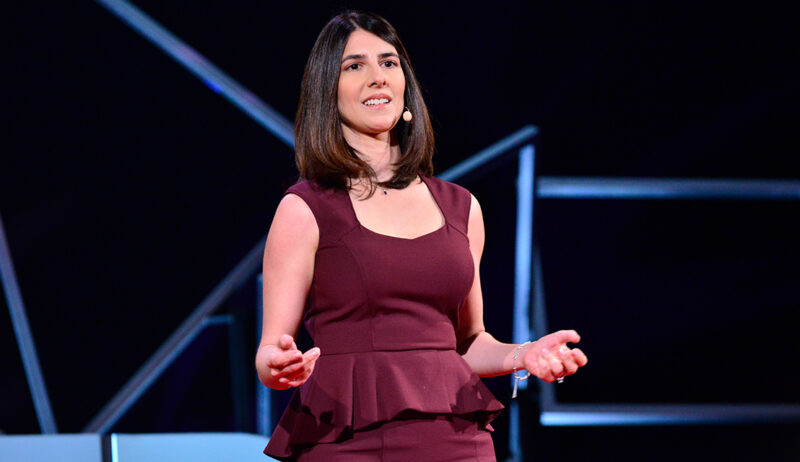In two thousand and eight, I got an unusual phone call from a guy named Joe Graden.
Joe said he was getting flooded with complaints from patients who’d recently been switched to generic drugs.
Joe was a trained pharmacologist and cohost of a radio show on NPR.
Patient after patient said their generics were causing unwelcome side effects or even relapses.
Joe believed the patient’s claims.
But when he reported these complaints to the FDA, officials there argued it was probably psychosomatic.
Patients are upset by pills that look different from their old ones.
Joden Baye.
He wanted someone with investigative firepower to dig into this. And since I was an investigative journalist, he called me.
And then he posed a question that I couldn’t get out of my head.
Catherine, what is wrong with the drugs?
I spent the next ten years trying to track down the answer.
Our health care system relies on generics.
My family does, too.
But a decade of interviews, meetings with whistleblowers, on the ground reporting across four continents and thousands of confidential files from the FDA, from generic drug companies and from the courts all pointed me in the same direction.
A large number of generic drug manufacturers in certain overseas countries are passing off substandard drugs as legitimate generics for profit.
They are deliberately flouting FDA regulations and standards.
Basically, they are committing fraud.
In the process, they are risking the health of patients around the world.
They may even be costing patient lives.
One leading company in India has already shut down because of this activity.
I wanted to know, was that company an outlier or the tip of the iceberg?
What I uncovered is disquieting, and anyone who takes generic drugs has the right to be deeply concerned.
If you’re skeptical about any of this, that’s fair.
I saw generics as one of the world’s great public health innovations, a giant win for patients worldwide.
Ninety percent of our drugs today are generic.
I knew generic HIV AIDS medicine had saved many lives in Africa.
Here at home, programs from Medicare to Medicaid and the Affordable Care Act depended on them.
In an overpriced drug market, generics were the heroic underdog.
But my biggest assumption was based on the FDA’s reassurance that properly regulated generic drugs are not only safe and effective, but bioequivalent, interchangeable with the brand and with one another.
Well, that’s true if companies follow the rules on paper.
But inside far flung drug plants, I uncovered a different, unwritten set of rules.
I started my investigation by focusing on the regulatory framework.
Right away, one fact surprised me.
The FDA does not vet manufacture applications by testing the drugs.
Instead, it reviews company data.
As the FDA’s generic drugs director actually told me, the approval system requires the ethical behavior of the applicant.
Otherwise, the whole house of cards will fall down.
Really?
It’s the honor system?
After nine months of digging, I published my first article on generics.
I wrote about patients who’d been switched to generic drugs and suffered medical setbacks.
I quoted doctors who questioned whether generics really were bioequivalent to the brand.
A month later, I got an anonymous email from someone calling himself four dollar refill.
Four dollars is what you’d pay to fill a generic prescription at Walmart.
Four dollar refill worked inside the generic drug industry.
He said, if I really wanted to uncover the problem, I’d better go look where the majority of our generic drugs are made, in India and China.
Four dollar refill was right. Eighty percent of the plants making the active ingredient for all our drugs, brand or generic, are overseas, mostly in China and India.
Any generic drug company anywhere in the world wanting approval to sell its drugs into our market has to follow elaborate rules known as good manufacturing practices.
I decided to learn every detail of how to manufacture a legitimate generic drug.
At a top New Jersey lab, I watched as technicians ran tests on specialized machines and used flasks that mimic stomach conditions to measure drug dissolution.
But one remarkable fact jumped out.
The lab banned whiteout correction fluid across its facility.
Under FDA rules, data serves as the cornerstone of quality.
It has to be gathered at each manufacturing step, preserved and shared with regulators.
Whiteout was high risk.
It invited tampering.
It was clear that for the FDA’s regulatory regime to succeed, any company applying for approval had to be ethical and its data had to be unaltered.
But what if neither was true?
What if the applicant was not ethical?
What if the data was not pristine?
I started to hear about a company in India called Rambaxi, India’s largest drug company, one of its first successful multinationals and one of the fastest growing generic suppliers to the US market.
A whistleblower was supplying internal Rambaxi documents to the FDA.
I got copies. Deciphering the company’s charts, graphs and numbers unveiled a shocking swindle.
They substituted unapproved lower purity ingredients.
They invented documents like standard operating procedures, steaming them overnight in a sauna like room to make them look old.
They conjured up three, six, nine and eighteen month stability studies, all generated on the same day.
Gradually, I was able to unearth the story behind this regulatory nightmare.
In two thousand and four, Rambaxy hired a new research and development director.
He suspected something was amiss.
He ordered a young engineer named Dinesh Thacker to study the data in every drug application to find out if it was real or fake.
Thacker eventually put together a devastating PowerPoint showing REMAXY had falsified data for over two hundred products in more than forty countries.
The new r and d director showed this PowerPoint to a subcommittee of the board of directors.
The subcommittee ordered the report and the laptop on which it was created destroyed.
Then they forced Thacker out of the company.
Thacker couldn’t sleep thinking about Rambaxi’s perilously bad drugs.
So he risked his life to alert the FDA.
After an eight year investigation, Rambaxy plead guilty to seven felonies for faking data.
An FDA consultant taught me that just like cheap clothing made in distant factories, or fast fashion, as she called it, there were fast drugs, too, made in pharmaceutical sweatshops overseas with low quality ingredients and manufacturing shortcuts.
In Mexico City, I sat in a bar with a whistleblower.
He handed me documents revealing how the cost cutting generic drug plant where he worked had knowingly released drug batches that contained glass particles.
In Accra, capital of Ghana, doctors explained how low cost Indian and Chinese medicine of all kinds barely seemed to work, even when they doubled and tripled the doses.
In Mumbai, I met another whistleblower from a company that I had believed was ethical.
He sat there and described the well oiled machinery of data manipulation his company used to get compromised drugs approved fast.
With tears running down his cheeks, he said, what’s going on in the industry is very, very, very dirty.
In the US, a confidential source who worked in the government handed me a thumb drive containing over twenty thousand internal FDA documents.
The emails and memos revealed how the agency’s public health mission, protecting consumers, often clashed with its political mission, showing Congress a steady stream of low cost drug approvals.
I also learned about the FDA’s compromised inspection system for overseas drug plants.
In the US, FDA investigators arrive unannounced to do surprise inspections.
But overseas, the FDA gives manufacturing plants months of advance notice.
It asks for the company’s help arranging ground transportation and hotels.
My sources also talked about staged inspections, where teams of data fabricators invent or alter needed documents to create a facade of compliance long before the FDA arrives.
One intrepid FDA investigator named Peter Baker figured out how to find the truth.
He ignored the data printouts, and he looked inside company computers.
When files were deleted, he found metadata revealing hidden tests.
The companies were prescreening their drugs, figuring how to alter the official tests so they would meet FDA specifications.
As I said, this problem is more than a handful of bad actors.
Over four years, Peter Baker inspected eighty six plants in India and China.
He found evidence of fraud in sixty seven of them.
Wonder what happens to a batch of drugs that fails testing?
It should get thrown out.
Instead, low cost plants usually sell them into poorly regulated markets that don’t realize what they’re getting. Places like Africa, Southeast Asia and India itself.
The overseas generics industry calls this dual track production.
Better drugs for some, failed drugs for others.
In the developing world, this corrupt system has flooded the market with so many bad drugs that public health researchers linked them to the rise of drug resistant infections.
But criminal behavior by overseas companies is only half the problem.
Though some regulators apparently don’t realize they’re being conned, in the US, our regulators appear willing to overlook transgressions in order to continue greenlighting low cost medicine.
As a result, some American patients have gotten generic drugs with toxic impurities, unapproved ingredients, dangerous particulates or that are not bioequivalent.
As the FDA investigator Peter Baker put it, if people actually understood, then nobody would take these drugs.
Are there ways to solve this global problem? Yes, there are.
Solutions begin with recognizing that our current honor system for drug regulation is a relic of a bygone age.
Science evolves.
Medicine evolves. The global economy evolves. Shouldn’t regulation evolve with them?
Only one approach can guarantee quality generics.
Rigorous oversight, including unannounced inspections and systematic testing of drugs.
Rigorous oversight means that regulators don’t just look at printouts of data that may or may not be genuine.
Effective solutions also depend on giving the average patient more information.
We know where our breakfast cereal and our running shoes are manufactured.
Why is it different for generic drugs?
Patients can do something else. They can tell their elected officials and consumer organizations to speak up just as loudly to demand quality as they do to demand access.
Consumer organizations can do their members a great service by testing and ranking generics just like cars and washing machines.
The big pharmacy chains owe it to the public to test the drugs they dispense.
A trip to the pharmacy for affordable medicine shouldn’t come with a hidden cost.
Now is the time for all of us who care about patient safety to act on what we know.
Thank you.
